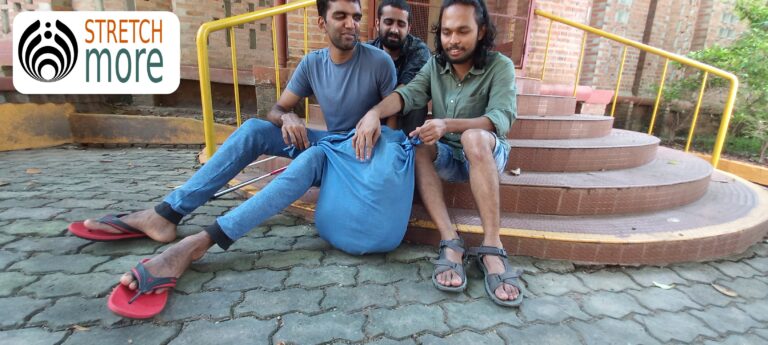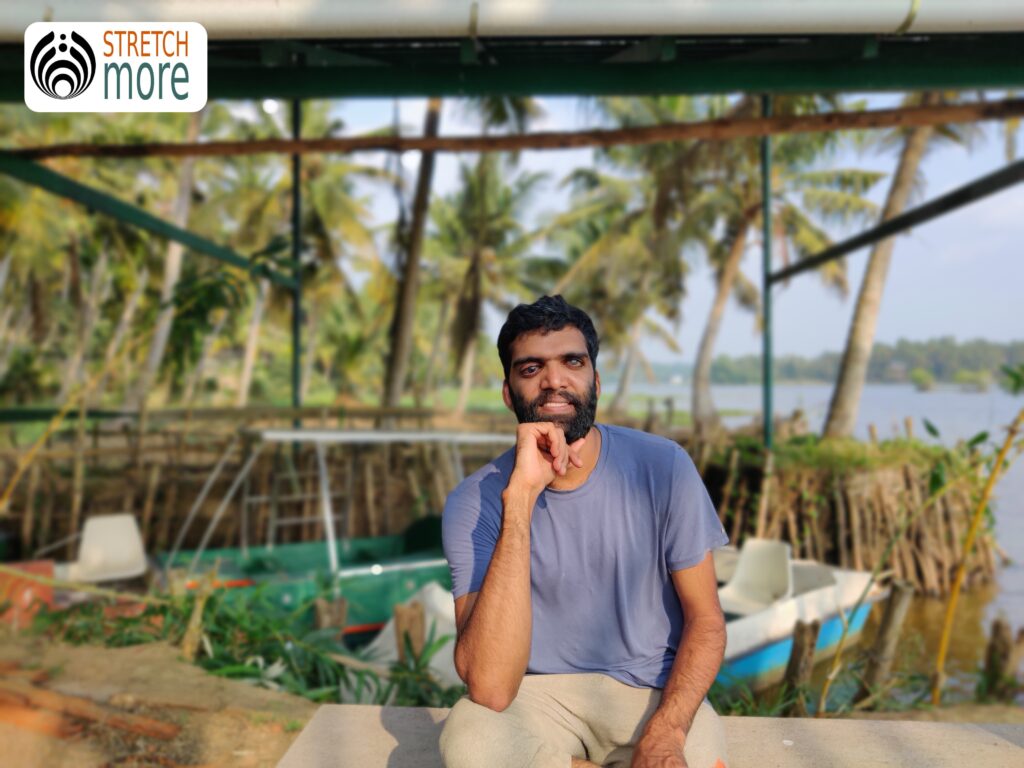What if tomorrow you wake and there is a flood? How will you survive? Can you drink flooded water? If not, how can you filter it? How can you help a person who has severe bleeding?
Read what Nibin, one of the participants of the camp has to say, “we can’t expect anything, like what is going to happen next day. So it’s better to be prepared for any natural or man-made disasters.”
Nibin Mathew, a blind from Kerala is a research associate at International Institute of Information Technology, Bangalore.
He says, “there are similar programs for the non-disabled but not for people with disabilities. So I feel it’s very important to have such programs for the disabled persons.”
Before conducting the camp, we have contacted many training organizations and the organizations that work specifically for the disabled persons. None had the courage to provide first-aid training for the disabled. The non-disabled who are not educated about disability, believe that the only way to go forward with the disabled community is charity. That’s not true. We have potential. I remember the head of one of the organizations said “we only train the normal people”. Well, he considered us, the disabled “the abnormal people” which is an insult. But the question is: what is normal?
During the Lifesaving Camp 2022, we have empowered the participants with knowledge and skills that can help to cope in emergency situations. These knowledge and skills include:
1. swimming: such as floating, freestyle, breaststroke, and backstroke
2. First aid training: first aid kit and emergency equipment, burns and scalds, fainting, bandages and dressing, bites and stings, puncture wounds, sprain, bleeding, poison, life-preserving, dislocation, heart attack, headache, injuries wounds and hemorrhage head injuries, fractured bones and joints, handling and transportation of casualties, crush injuries, wounds, scalp wounds, eye injury, nosebleed, snake bite, choking, anaphylaxis, electric shock, and head injury.
3. Survival training:
Earthquake drill, fire drill, water filtering, fishing and fire making.
Our fire making session didn’t work out. Do you know any technique that creates fire without a match box or lighter?
Stay tuned! More is on the way.
Subscribe to our newsletter at: www.stretchmore.org (can be found at the footer of our website)
21 Feb – 07 Mar 2022


